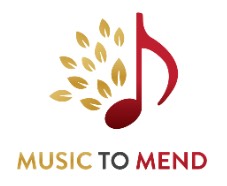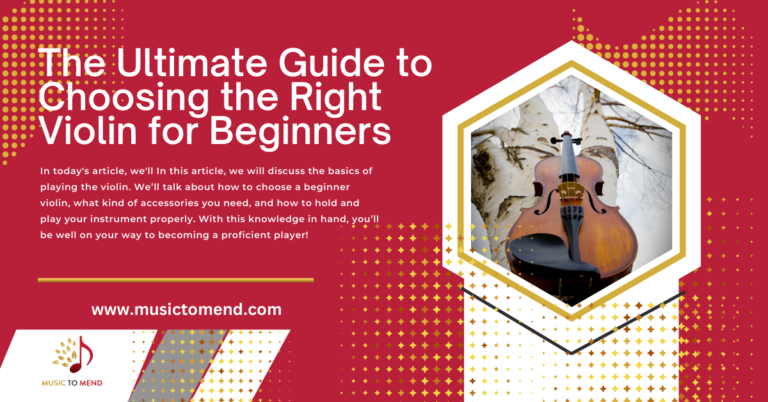10-Amazing Musical Instruments from Around the World

The Importance of Global Musical Instruments in Different Populations Around the World
The importance of global musical instruments in different populations around the world is not only cultural, but also economical.
In many countries, people have a hard time finding the money to buy a new instrument. Instruments are expensive, and not everyone can afford them. In other places, there is a lack of instruments for people to play. Today we’ll explore ten amazing Musical Instruments from Around the World.

1. United States – Banjo
The banjo is a stringed instrument with a long history in the United States and across the world. The banjo is also one of the oldest instruments to be used in African-American music. Banjos have five strings that are tuned to a pentatonic scale that consists of five tones: two open tones (called drones) and three tones played on the four main strings (called notes). Banjo players use their fingers to pluck or strum these strings while they play songs with lyrics or instrumental solos.
The banjo became popular in the United States in the late 19th century. It was introduced by African Americans and it has since become a part of American culture.
The banjo is a stringed instrument that was originally made from African gourd seeds, which are hollowed out to form the body. The strings are made from animal gut, and they are tuned by pulling them with a stick.

2. Ireland – Irish Harp
The Irish Harp is a stringed instrument played in traditional Irish music. It has a long history and has been used in different types of music like folk, classical, jazz, rock, and pop.
The sound of the harp is known as the “sweet sound.” The voice of the harp can be heard in many songs including “Danny Boy” and “The Lonesome Boatman.”
An Irish Harp consists of a wooden frame with metal strings stretched across it. There are up to thirty strings on an average-sized harp.

3. Greece – Bouzouki
The bouzouki is a Greek musical instrument that is related to the bagpipe. It has a long, cylindrical body with a small cylindrical bore and two f-shaped holes on either side of the body.
The bouzouki is an ancient Greek musical instrument that has been around for centuries. It was originally used as a folk instrument and was later adopted by professional musicians in the 20th century. The history of the bouzouki began in Constantinople, modern-day Istanbul, Turkey. The instrument is believed to have been played by Greek refugees who left their homeland during political turmoil in 1821.

4. Japan – Koto
The koto is a string instrument that is played with the fingers and thumbs. It is often used in Japanese traditional music and has been used for centuries.
The koto is made from a type of wood called Kaya, which grows in Japan. It is then shaped by hand into an oval shape and a thin piece of wood called the ko-tsu-mai is placed on top of it to create the body of the instrument. The strings are then tied onto the ko-tsu-mai and finally, it’s covered in cloth to make it playable.

5. Australia – Didgeridoo
The didgeridoo is a type of wind instrument that was originally made by the Aborigines in Australia. It is similar to a conical wooden tube with a circular end and can be played with or without lips.
The didgeridoo is an aboriginal instrument that has been used for thousands of years as part of the culture and music of the Aborigines. The didgeridoo player blows air into its mouthpiece, creating vibrations that create sound waves.

6. Zimbabwe – Mbira
The Mbira is a traditional African instrument. It is a round wooden frame with two small wooden pieces that are attached to it. The player plucks the two pieces in time with a beat, which produces music.
The mbira was invented by the Zulu people of South Africa, and it has been used in Zimbabwe since before the country’s independence from Great Britain in 1980.
The mbira is made up of two parts: a long thin piece of wood called the “thumb,” and a circular piece of wood called the “spindle.” The thumb rests on top of the spindle and when plucked, it produces one or more tones depending on how hard you hit it.

7. Brazil – Berimbau
The Brazilian berimbau is a type of percussion instrument that is played with a stick and a beater. It originated from the Berimbaus of Africa and was brought to Brazil by slaves in the 18th century.
The Brazilian berimbau is made up of two pieces of wood, which are joined at one end by a piece of metal or plastic. The metal or plastic piece has a hole in it, which serves as the mouthpiece. The player holds the instrument upright with one hand and uses the other hand to create sound by hitting it against the ground or another surface.

8. Peru – Charango
Peruvian charango is a string instrument that is typically made of maple wood and has a small body. It was originally used to accompany the quena, a type of flute.
The Peruvian charango has an average length of approximately 9-10 inches and it’s tuned to the key of G.
ES_Peruvian River – Sight of Wonders

9. Ecuador – Rondador
The rondador is a musical instrument that is made of a wooden frame with a goatskin stretched across the frame. The skin is then covered in strings made of horsehair.
The ecuadorian rondador was first created in the 18th century and it is still used today to make music in Ecuador, Peru, Bolivia, and Chile.

10. Trinidad – Steelpan
Steelpan is an instrument that is played with a pair of metal plates, which are struck against each other to produce a sound. Trinidad and Tobago’s culture, music, and dance have been influenced by the African diaspora. The Trinidad steel pan is one of the most popular instruments in the country. The Trinidad steelpan has its roots in Africa, where it was used in religious ceremonies and as a musical accompaniment to singing. The unique sound of the Trinidad steelpan comes from its distinctive three-pronged design that creates harmonics when struck.
In summary, if you’re interested in learning more about music, playing an instrument is a great way to start. It’s also a great way to learn more about yourself, your creativity, and your abilities. I hope you enjoyed learning more about different musical instruments from other cultures around the world.







